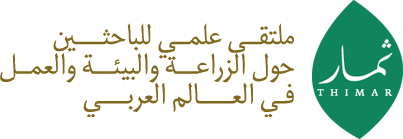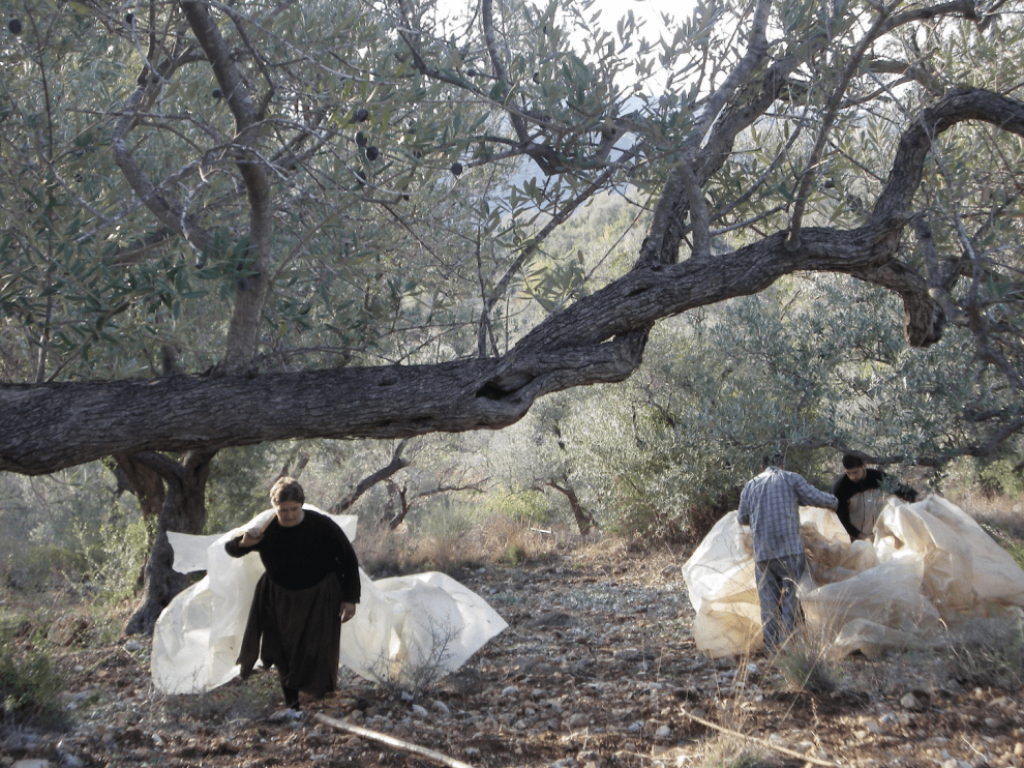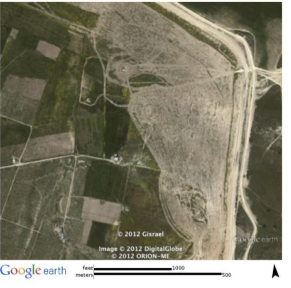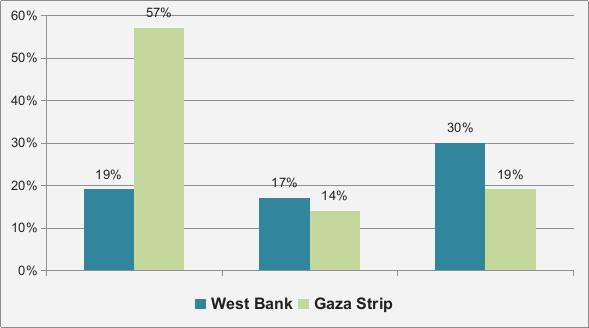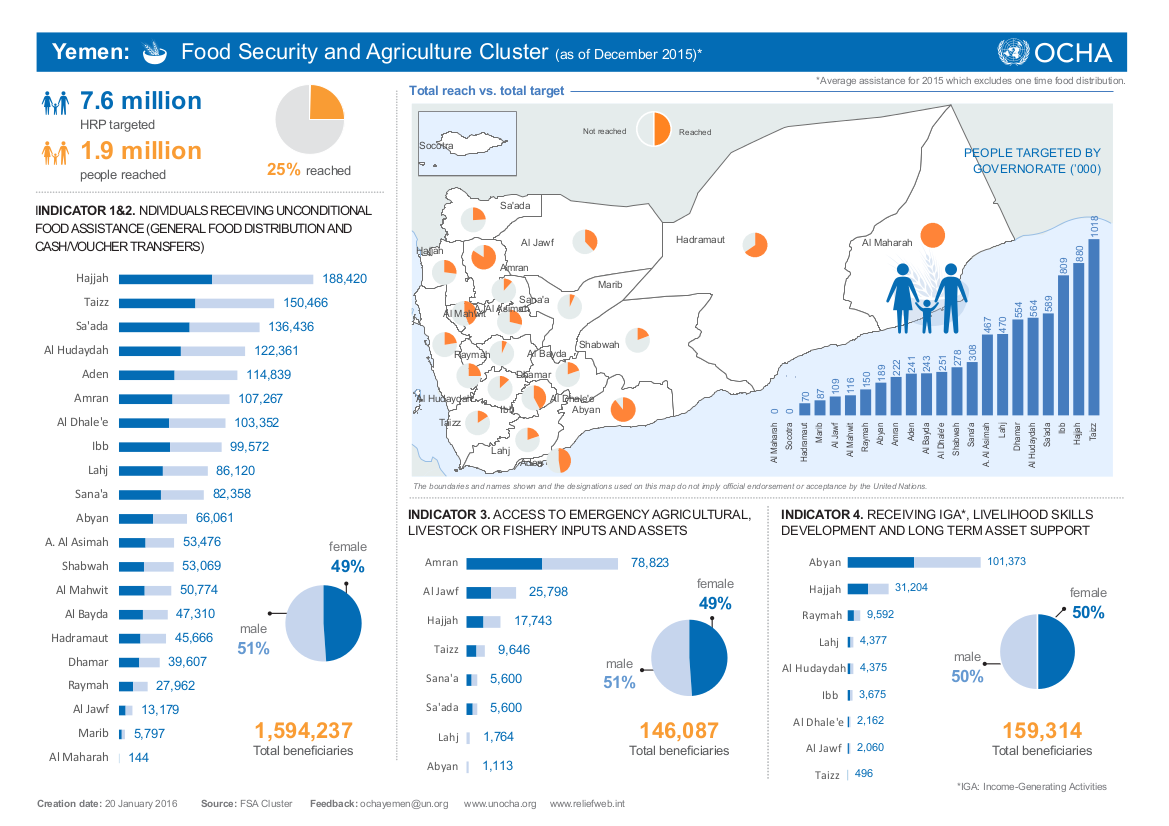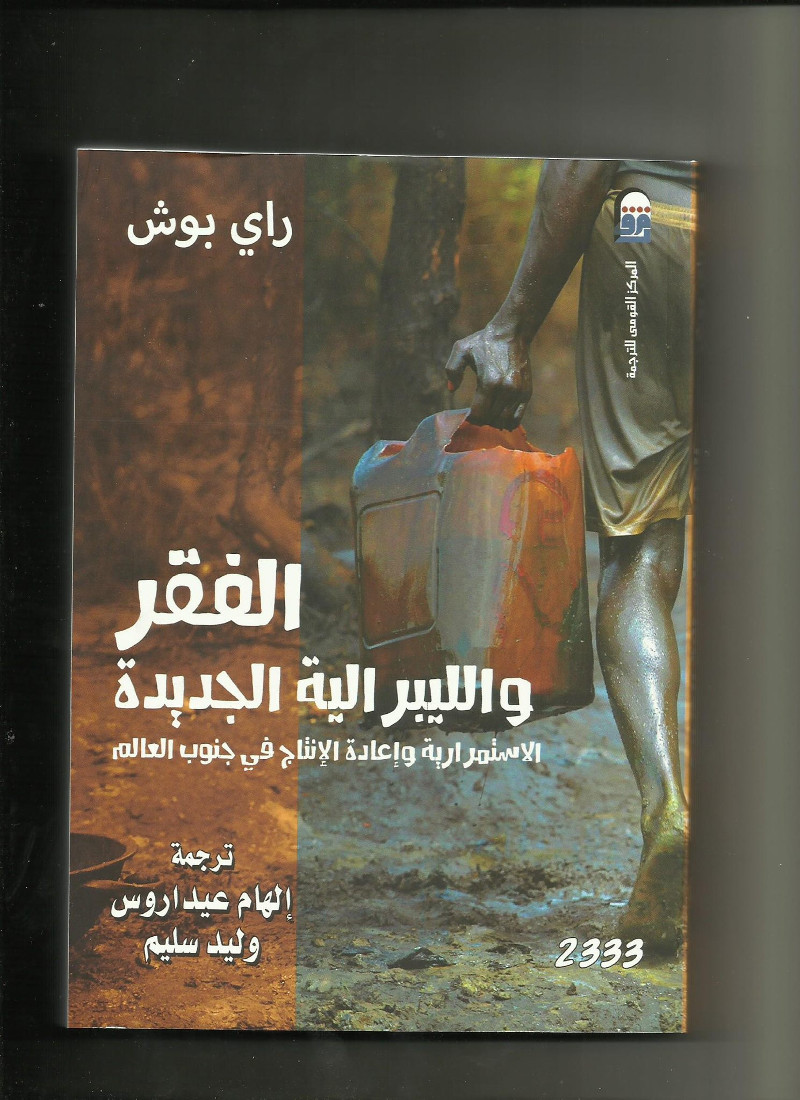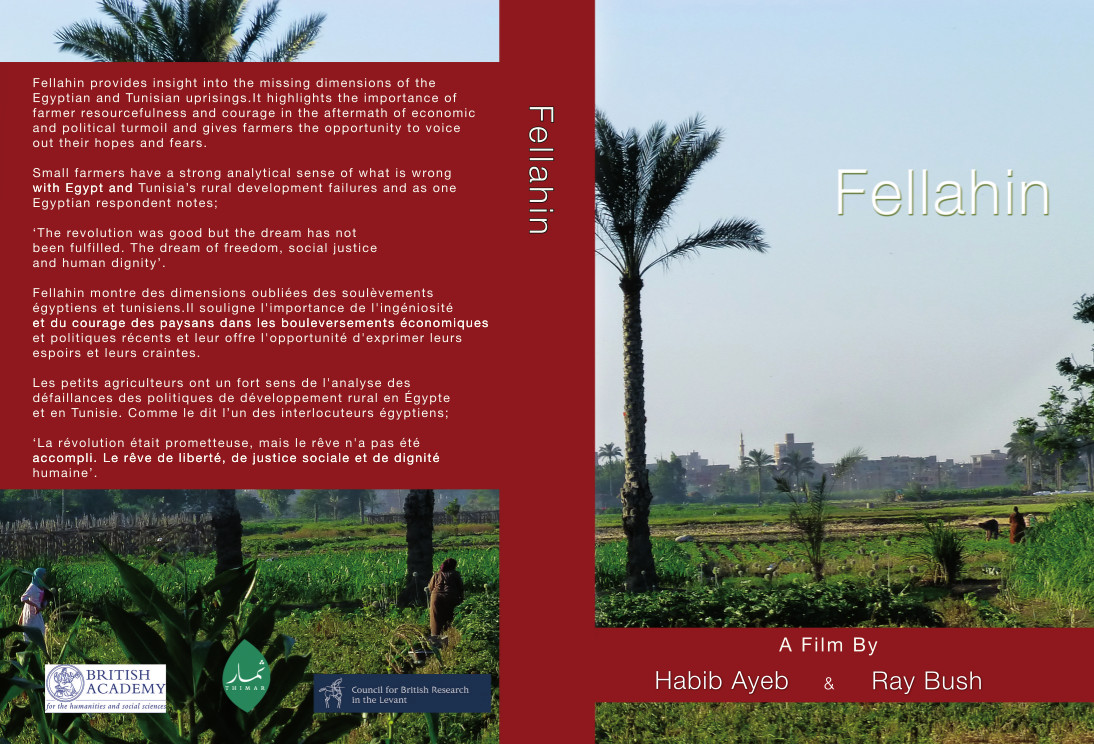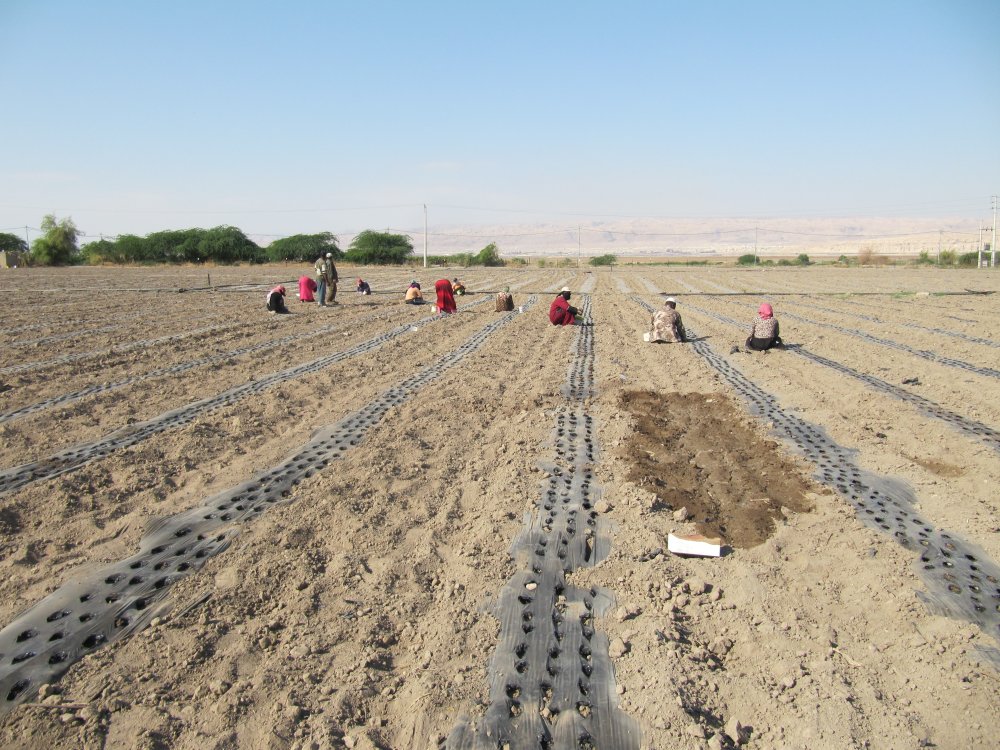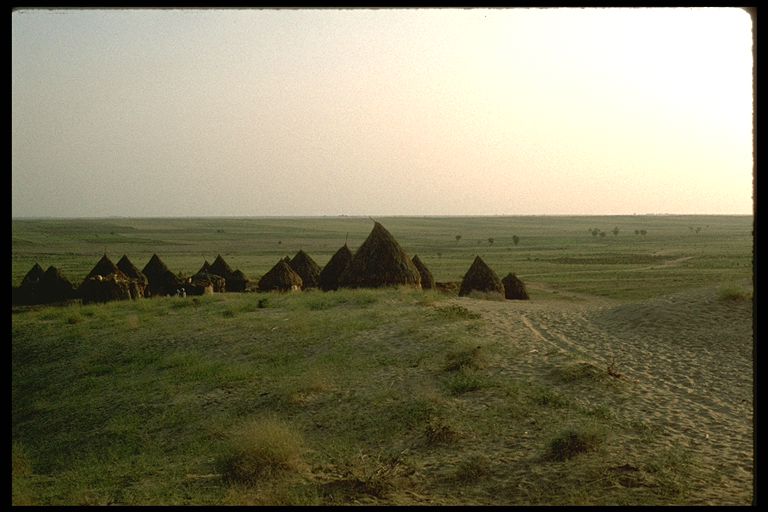قانون ١٢٧ لسنة ٢٠١٤ والخاص بشأن تنظيم التأمين الصحي علي الفلاحين والعاملين بالزراعة: دراسة نقدية
ملخص
إنه في يوم ١٨ سبتمبر عام ٢٠١٤، وبعد ما يقرب من أسبوع واحد من الإحتفال بعيد الفلاح، أصدر الرئيس المصري عبد الفتاح السيسي قانون رقم ١٢٧، الخاص بتوسيع مظلة التأمين الصحي لتشمل الفلاحين والعاملين بمجال الزراعة الغير مؤمن عليهم من قبل أي جهات أخري.
ويحقق هذا التقرير فى تفاصيل القانون الجديد وطريقة تنفيذه على أرض الواقع، حيث أنه يبحث ويتتبع المرحلة الأولى من تنفيذه على وجه التحديد، وذلكمن خلال إجراء مقابلات مع الفئات المستهدفة من القانون وتشمل فلاحين وعمال زراعيين وقيادات نقابية، ونشطاء في مجال حقوق الفلاحين، والعاملين في القطاع الصحي والزراعي الحكومية في القاهرة وفي قرى وردان، وأبو غالب، وأم دينار بمحافظة شمال الجيزة فيما بين ٧ يونيو و٣٠ سبتمبر ٢٠١٦.
وقد أُجريت الأبحاث التي يستند إليها هذا التقرير بمنحة من الجامعة الأمريكية في بيروت، وتحت مظلة مشروع "رفاهية الريف: مفتاح للأمن الغذائي والعدالة الاجتماعية في العالم العربي"، وقد كانت المنحة تدار من قبل مركز البحوث الإجتماعية، التابع للجامعة الأمريكية في القاهرة، كما أجريت الأبحاث الميدانية بالشراكة مع الجمعية المصرية للحقوق الجماعية.
ويهدف التقرير إلى توثيق دقيق وتحليل شامل لآثار سياسات الرعاية الصحية الصادرة حديثا، والتي تؤثرمباشرة على حياة المزارعين المصريين والعاملين بمجال الزراعة في أعقاب ثورة 25 يناير.
محاور الدراسة:
ينقسم التقرير بشكل عام إلى ثلاثة محاور رئيسية، ففي المحور الأول، وبعد تقديم لمحة تاريخية عن توفير الرعاية الصحية في مصر والتحولات فى نظام التأمين الصحي، نلقي الضوء علي العملية السياسية التي أدت إلى إصدار القانون، خاصة السياق السياسي المحدد الذي تم من خلاله تمرير القانون من أجل فهم الدوافع السياسية التي أثرت علي صدوره.
فيما نناقش في الجزء الثاني، المرحلة الأولى من تنفيذ القانون الجديد من حيث التغطية، وآلية التواصل والتمويل والنتائج المتوقعة منه.
وفي الجزء الثالث، فإننا نختم بتسجيل مجموعة من التوصيات والتي قد تؤدي إلي تعزيز استفادة الفئة المستهدفة من القانون، الأمر الذي بدوره سيعزز من الحقوق الصحية للمزارعين والمزارعات والعاملين بالمجال الزراعي الأقل حظا في المناطق الريفية بمصر.
الأنشطة البحثية:
تتضمنت الأنشطة البحثية الخاصة بالدراسة مراجعة الأدبيات العلمية ذات الصلة، وجمع الإصدارات غير الرسمية، وتنظيم مائدة مستديرة، وإجراء مقابلات معمقة مع مستشارين سياسيين، وموظفي الدولة، والباحثين، والناشطين، والعاملين في المنظمات غير الحكومية من ذوي الخبرة في مجال التأمين الصحي، وأيضآ إجراء دراسة الميداني في مناطق أبو غالب، وأم دينار، ووردان.
وقد قمنا بإستخدام أساليب بحثية كيفية في القرىالسابق ذكرها، حيث شملت الآتي: الملاحظة المباشرة،الملاحظة بالمشاركة، والمناقشات الجماعية، والمقابلات المعمقة.
وبالإضافة إلى ذلك، قمنا بزيارة وملاحظة التفاعلات اليومية بين ساكني القري ومسؤولي الدولة في الوحدات الصحية المحلية والجمعيات التعاونية الزراعية.
التحديات والاعتبارات:
نظرآ للوضع الأمني غير المستقر الذي يميز مصر في مرحلة ما بعد إنقلاب ٣٠ يونيو، فقد كان فريق البحث شديد الحذر فيما يخص اختيار مواقع العمل الميداني والشركاء. و من أجل ضمان سلامة الباحثين والمشاركين فى مشروع البحث، قمنا بالشراكة مع الجمعية المصرية للحقوق الجماعية، وبإختيار ثلاث قرى وهي: أم دينار، ووردان، وأبو غالب بمحافظة شمال الجيزة كمواقع رئيسية لإجراء الأنشطة البحثية. وقد قمنا بإختيار هذه القرى لأن الجمعية المصرية للحقوق الجماعية تقوم بمشروعات تنمية مجتمعية هناك منذ عقود، حيث تعاون معنا أعضاء الجمعية فى جميع الأنشطة البحثية، من البداية إلى النهاية.
ومن ضمن التحديات الأخرى التي واجهناها خلال عملنا الميداني كان الإضطلاع بعمل ميداني أكثر شمولا لتقييم جودة الخدمات الصحية في المستشفيات الحكومية والوحدات الصحية وعيادات الهيئة العامة للتأمين الصحى، ويرجع ذلك بشكل رئيسي إلى أن موظفي الصحة كانوا خائفين من التواصل معنا، وذلك بسبب الحملة التي تقوم بها وسائل الإعلام الإجتماعي حاليآ والتي تنتقد الفساد السائد بين مقدمي الخدمات الصحية العامة.
نتائج البحث:
هناك العديد من الدروس الهامة التي تنبثق من هذا التحليل وذلك فيما يخص الإستفادة من القانون ووسائل تطبيقه.
أولا، يتعارض القانون مع الرؤية الشاملة لوزارة الصحة والسكان فيما يخص تنفيذ التغطية الصحية الشاملة لجميع المواطنين المصريين بغض النظر عن مهنتهم أو خصائصهم الديموغرافية، فإنه إذا ما تم تنفيذه بكفاءة، فإن الميزة الرئيسية للمستفيدين من القانون الجديد هي أنه سيكون لديهم إمكانية الوصول إلى أطباء أخصائيين وإستشاريين في كل من القطاعين العام والخاص الذين تتعاقد معهم الهيئة العامة للتأمين الصحى، مما يوفر لهم بعض الحماية الصحية وحتى تنفيذ التغطية التأمينية الصحية الشاملة المتوقع تنفيذها من قبل وزارة الصحة والسكان.
ثانيا، لم يتم البحث بشكل كافي في التكلفة والحاجة للمشروع لتحديد جدوى المشروع وتنفيذه من قبل أجهزة الدولة المختلفة، حيث كشفت المقابلات التي أجريناها عن أن الرئيسالمصري الحالي قد أصدر القانون دون التشاور مع الجهات الحكومية المعنية، ونتج عن ذلك عدم وجود آلية تنفيذ تكفل تطبيق القانون.
ثالثا، الآلية المستخدمة من قبل الحكومة المصرية للوصول إلى المستفيدين من القانون كانت قاصرة إلى حد كبير، مما أدي إلى إستبعاد للفلاحات والعاملات بالقطاع الزراعي، والفلاحين بلا أراضي والمستأجرين، والعمال الزراعيين، وكذلك
المزارعين الذين يحملون شهادة تعليم جامعي.
وقد كانت الأحاديث الشفهية في التعاونيات الزراعية هى الوسيلة الرسمية الوحيدة للتواصل مع الفئة المستهدفة من القانون، وقد كان أولئك الذين تعرفوا على القانون في التعاونيات الزراعية من ملاك الأراضي الذكور لأنهم هم الذين يترددون على التعاونيات الزراعية بشكل مستمر لإستلام حصصهم من المحاصيل الزراعية المدعومة.
وبخلاف ذلك، فقد علم المزارعين المؤهلين والعاملين بمجال الزراعة عن القانون من خلال قادة النقابات الزراعية، ونتيجة لذلك، لم يعلم عن القانون أحد فى القرى التي ليس للنقابات ، سواء من المستأجرين، أو المزارعين المستأجرين أو المزارعين الذين لا يملكون أرضآ. وفي بعض الحالات، كان الموظفون في التعاونيات الزراعية يقومون بإستبعاد المزارعين غير المؤمن عليهم الذين يحملون شهادة تعليم جامعي أو شهادات فنية، لأنهم من وجهة نظرهم، لا تنطبق عليهم صفة "فلاح".
كما وجدنا أيضآ أن النساء المزارعات لديهم معلومات محدودة جدا حول القانون وذلك لسببين رئيسيين. أولآ، النساء في العملية الزراعية في الكثير من الأحيان لا يملكون أرضآ، وثانيآ، حتى الحائزات منهن لا يذهبن للتعاونيات الزراعية للحصول على المحاصيل الزراعية لأن تلك المهمة غالبآ ما تُعتبر وظيفة خاصة بالرجال فقط
رابعآ، لم يكن العديد من المستفيدين من القانون على علم بكيفية المضي قدما في التسجيل في نظام التأمين الصحي، في حين كان آخرون غير قادرين على توفير الوثائق المطلوبة للتسجيل، وعلاوة على ذلك، فإن أولئك الذين كانوا على بينة من عملية التسجيل ترددوا في المشاركة في ذلك تماما لعدة أسباب منها: غلاء الأقساط ، وقلة ثقتهم في المرافق الصحية العامة بشكل عام، والإعتبارات المحدودة للقانون فيما يخص عوامل الخطر المرتبطة بمهنة الفلاحة.
وبالتالي فأن النتائج التي توصلنا إليها تخلص إلى أن قانون التأمين الصحي للمزارعين، رقم ١٢٧ لسنة ٢٠١٤، تم إصداره بشكل رئيسي من قبل دوافع سياسية لكنه يفتقر إلى البحوث، والتمويل، والتوافق بين مختلف أطراف القانون، مما يجعل من الصعب تنفيذه.
توصيات:
وبناء على نتائج هذه الدراسة، قمنا بتجميع قائمة من التوصيات لمعالجة عيوب القانون من أجل تغطية المزارعين غير المؤمن عليهم والذين قد يكونون في حاجة ماسة للتأمين الصحي، وتتطلب هذه التوصيات الجهود الحكومية بالأساس، و تشمل الآتي:
١-- تشكيل لجنة مركزية لتنفيذ القانون، والتي يقوم من خلالها ممثلين عن جميع الوزارات وهيئات التمويل بتنسيق جهودهم المشتركة.
٢-- تعزيز آلية التواصل لنظام التأمين عن طريق الإعلان عن ذلك ليس فقط من خلال التعاونيات الزراعية ولكن أيضا في الوحدات الصحية المحلية و خاصة من خلال أطباء الوحدات والمرشدات الصحيات.
٣-- إجراء دراسة صحية مهنية تهتم بمعالجة المخاطر الصحية المحددة من مالكي الأراضي الزراعية والعاملين بمجال الزراعة، مع إعطاء إهتمام خاص لإحتياجات المرأة الصحية.
٤- جمع بيانات دقيقة حول عدد المستفيدين المستحقين بما في ذلك المستأجرين، المزارعين المستأجرين والمزارعين الذين لا يملكون أراضي والعمال الزراعيين، وذلك لقياس مدى وصول المشروع لمستحقينه.
٥- إجراء دراسات إستشارية تبين أهمية الزراعة كمهنة أساسية لا غني عنها لسكان الريف، بما في ذلك أولئك الذين يحملون شهادات سواء من الجامعات أو المدارس الفنية.
٦- إنشاء حملة وطنية لإصدار بطاقات هوية للمزارعات والعمال الزراعيين، حيث أن وجود بطاقات هوية، تعد شرط أساسي للتسجيل فى نظام التأمين الصحي الجديد.
